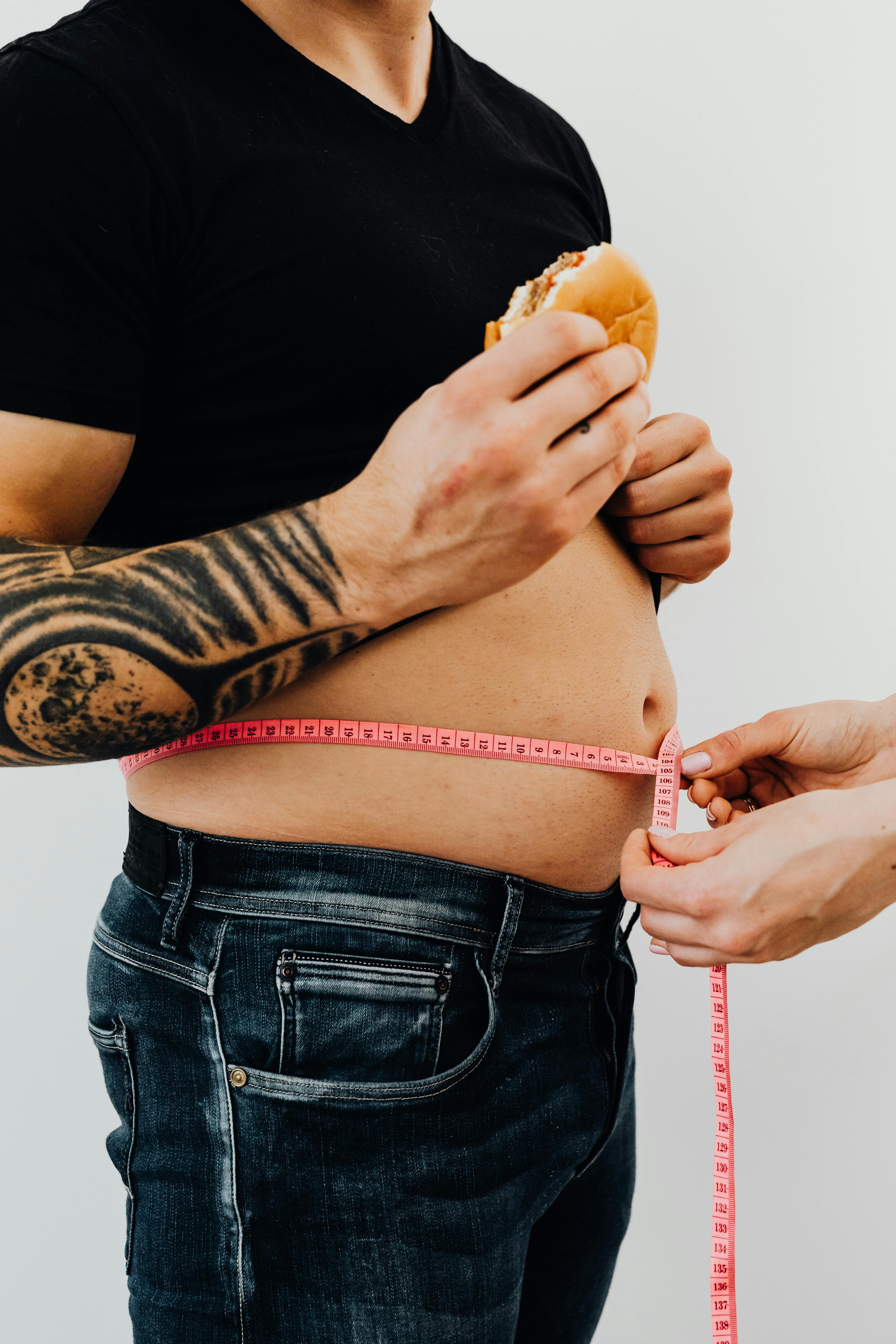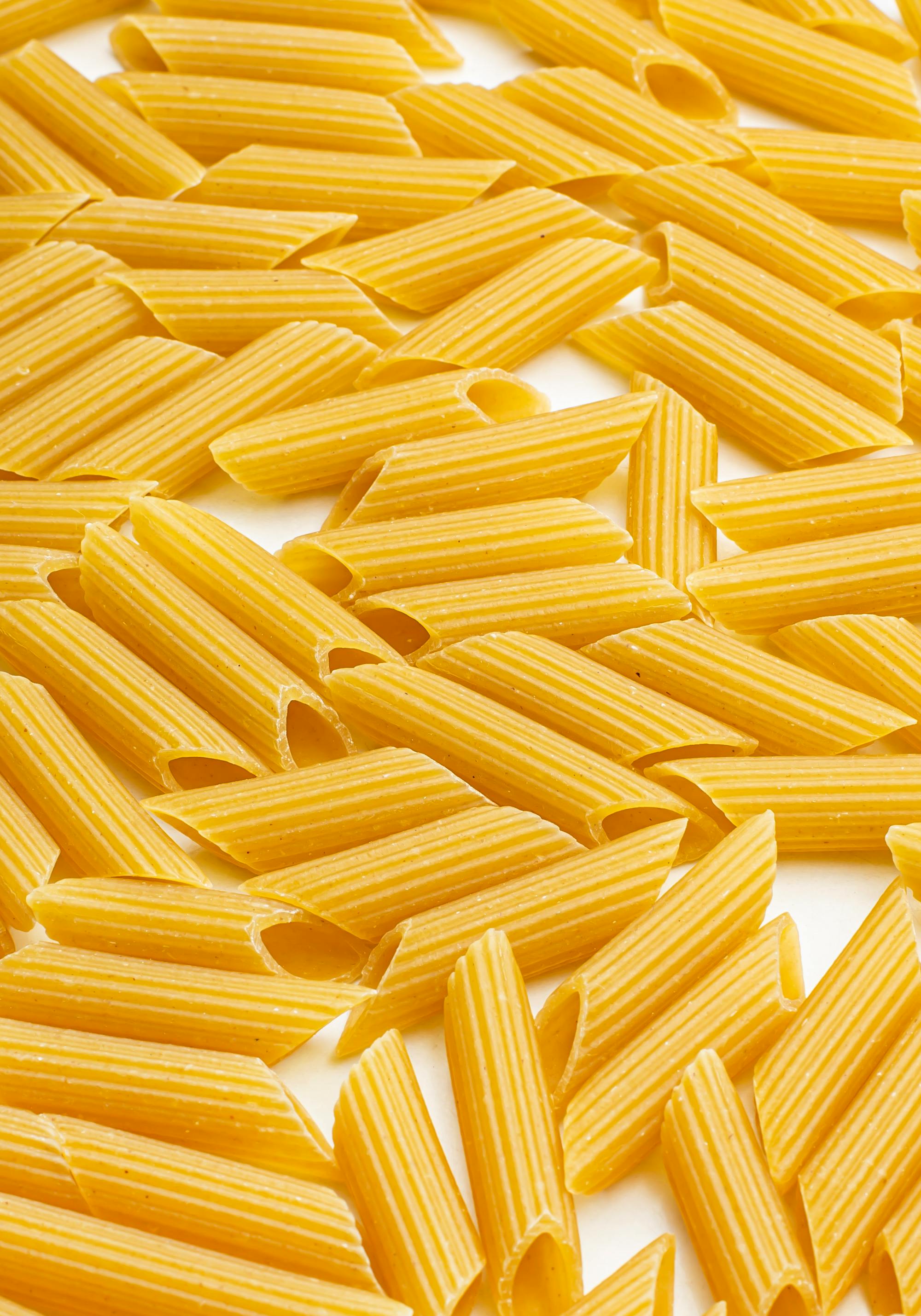
Effective Ways to Manage Diverticulosis: Modern Diet Plan for 2025
Diverticulosis is a common digestive condition that affects many individuals, particularly as they age. The condition occurs when small pouches, known as diverticula, form in the walls of the colon. While diverticulosis itself may not cause symptoms, it can lead to diverticulitis, a more serious inflammation that often requires medical intervention. That's why understanding the effective management of diverticulosis is essential, especially through dietary adjustments.
Utilizing a well-structured diverticulosis diet can alleviate symptoms and prevent flare-ups. By focusing on a high-fiber diet, people with diverticulosis can improve their bowel health, leading to better overall digestive wellness. This article will explore practical dietary tips and meal planning strategies tailored for those with diverticulosis, including diverticulitis diet plans, food recommendations, cooking tips, and lifestyle changes. You'll learn how to create a diverticulosis meal plan that's not only nutritious but also easy to follow.
Key takeaways from this article will encompass:
- The importance of fiber in managing diverticulosis.
- A list of diverticulosis-friendly foods.
- Meal prep tips to maintain a healthy diet.
- Advice on hydration and its impact on health.
- Understanding foods to avoid to prevent flare-ups.
Importance of a High-Fiber Diet for Diverticulosis
Building a foundation for managing diverticulosis involves incorporating a high-fiber diet. Fiber plays a crucial role in digestive health because it helps to maintain regular bowel movements and prevents constipation. The goal is to consume both soluble and insoluble fibers, as both have unique benefits. Soluble fiber, found in foods such as oats and apples, promotes good gut bacteria, while insoluble fiber from whole grains and vegetables helps to bulk up stool.
A high-fiber diet not only reduces the risk of diverticulitis flare-ups but also aids in overall digestive function. The recommended daily fiber intake is about 25-30 grams; however, individuals should gradually increase their fiber consumption to avoid discomfort. This approach not only facilitates digestive health but also ensures long-term adherence to dietary changes.
It's essential to consider hydration as well; drinking plenty of water along with fiber helps the body to process the fiber efficiently, preventing bloating or gas. Therefore, optimal hydration can support the effectiveness of a high-fiber diet for diverticulosis.
Best Fiber Sources for Diverticulosis
There are many food sources high in fiber that can be easily incorporated into the diverticulosis diet. Some of the best choices include:
- Whole Grains: Foods like brown rice, quinoa, and whole-grain bread are excellent sources of fiber.
- Legumes: Lentils, chickpeas, and beans provide beneficial soluble and insoluble fiber.
- Fruits and Vegetables: Apples, pears, carrots, and sweet potatoes are high in fiber and essential vitamins.
It's important to incorporate a variety of these foods into your meals to ensure balanced nutrition and to avoid monotony in your diet.
Meal Planning for Diverticulosis
When preparing meals, focusing on a variety of diverticulosis-friendly foods can simplify dinner times and snacks. Here are some strategies:
- Batch Cooking: Prepare large quantities of fiber-rich dishes, such as soups and stews, that can be stored for quick meals during the week.
- Snack Smart: Include high-fiber snacks like trail mix with nuts and dried fruits or sliced fresh fruits and vegetables.
- Portion Control: Keep portions manageable to help your digestive system adjust to the increased fiber intake.
By following these meal planning techniques, individuals can create a sustainable routine that promotes a healthy gut.
Foods to Avoid with Diverticulosis
While focusing on beneficial foods, it's equally important to remember foods to avoid with diverticulosis. Certain items may exacerbate digestive issues or trigger diverticulitis flares. Here’s what to limit:
- Processed Foods: These often lack nutritional value and can increase digestive discomfort.
- Seeds and Nuts: While these can be healthy in moderation, individuals may need to monitor their intake as they can occasionally irritate diverticula.
- High-Fat Meats: These can slow down digestion and lead to problems, especially if your fiber intake is low.
Being conscious of these dietary restrictions can greatly assist in managing symptoms while ensuring a balanced approach to nutrition.
Cooking Tips for Diverticulosis
When it comes to cooking for diverticulosis, using techniques that enhance fiber intake while maintaining flavor is vital. Here are some practical cooking tips:
- Opt for Steaming: This method retains more nutrients and is gentle on the digestive system.
- Incorporate Fermented Foods: Foods like yogurt and kefir can promote gut health and support a strong digestive system.
- Use Low Cooking Temperatures: Avoid frying and opt for baking or slow cooking to keep meals nutritious.
Adapting these cooking practices can lead to delicious meals while prioritizing digestive wellness.
Hydration and Its Impact on Diverticulosis
Hydration is an often-overlooked aspect of managing diverticulosis. Adequate fluid intake is critical not only for digestion but also for absorbing fiber effectively. Water helps soften stool, preventing constipation, which is particularly vital for individuals with diverticulosis, as constipation may lead to complications.
As a general guideline, aim for at least 8-10 glasses of water per day, but this may vary based on individual needs and activity levels. Additionally, incorporating hydrating foods, such as cucumbers, oranges, and strawberries, can effectively aid in hydration efforts.
Managing Diverticulosis Symptoms
When addressing symptoms of diverticulosis, it’s important to keep an eye on diet and lifestyle factors. Here are practical suggestions to manage symptoms effectively:
- Monitor Fiber Intake: Gradually increasing fiber consumption can prevent sudden gastrointestinal distress.
- Reflect on Trigger Foods: Keeping a food diary can assist in identifying individual food triggers related to symptom exacerbation.
- Regular Exercise: Engaging in physical activity helps in promoting healthy digestion and preventing complications.
These strategies can empower individuals to take proactive measures in managing their diverticulosis.
Conclusion
In summary, managing diverticulosis effectively through a well-planned diet is essential for promoting digestive health and preventing complications. By focusing on high-fiber foods, learning what to avoid, cooking with care, and maintaining proper hydration, individuals with diverticulosis can optimize their nutrition and overall well-being.
As you implement these strategies into your lifestyle, remember that consulting with healthcare professionals and nutritionists can provide personalized recommendations suited to your specific needs. Embracing proactive dietary changes leads not only to better digestive health but also to enhanced quality of life. For further information, be sure to explore available educational resources on diverticulosis.
 example.com/image2.png
example.com/image2.png
 example.com/image3.png
example.com/image3.png